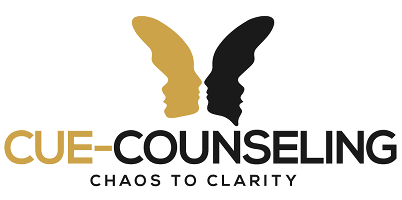Have you ever struggled with a reoccurring belief that feels so real yet is extremely negative about yourself? Maybe you are so used to being rejected by people that you have concluded you are not good enough. You possibly have a history of abuse from a parental figure, and you have deduced that it means you are unworthy of love or good treatment. Perhaps you had an absent parent, and the only conclusion that makes sense is that it was something you did that made them not love you and want to leave. Maybe you have never felt heard or taken care of, and that has translated to you believing there is something fundamentally wrong with you. We could go on and on with examples, but the bottom line is that we all have experiences shaping how we view ourselves.
Often those views turn negative, and we hold on to these negative beliefs that are not true or the reality. There is a disconnect between what the brain knows is true and what the heart believes is true. Our hearts and brains do not always agree, which is why so many people struggle with feeling like something is wrong with them. We know in our brains that we are good enough, but our hearts reveal how we feel. This struggle is what brings many people into therapy and becomes the main focus of the therapy work. These precise struggles can be worked through and resolved using EMDR, which is why I love EMDR so much.
EMDR (Eye Movement Desensitization and Reprocessing Therapy) is a therapy type that targets the brain’s ability to heal itself and help a person not only believe the positive about themself but live out that truth. The EMDR Consulting website gives a clear and concise description of how the EMDR process works. To read a short overview, you can refer to this link https://emdrconsulting.com/about/what-is-emdr/.
EMDR therapy is a multi-step process, and each step serves a different purpose. EMDR is not the type of therapy that can be conducted in one or even a few sessions. It is best when integrated with other therapy types over time. The time of completing EMDR is going to be different for each individual. The EMDR process is also not just doing eye movements. It is gaining client history, achieving goals, building coping skills, creating a target sequence plan, processing events, and then integrating the work into daily life.
Therapists use EMDR for many areas of concern. EMDR is much more than just engaging in eye movements or tapping. EMDR dives into a person’s negative beliefs, confronting those beliefs. EMDR helps you learn how to cope when the thoughts are activated; ultimately resolving the beliefs. It takes time and effort to engage in the process. At moments it isn’t easy or pleasant, but it is well worth it. As an EMDR therapist, I have seen success and growth when integrating EMDR into practice with clients. It is incredible to watch clients believe in themselves and find freedom from the negative experiences they felt defined them for so long.
